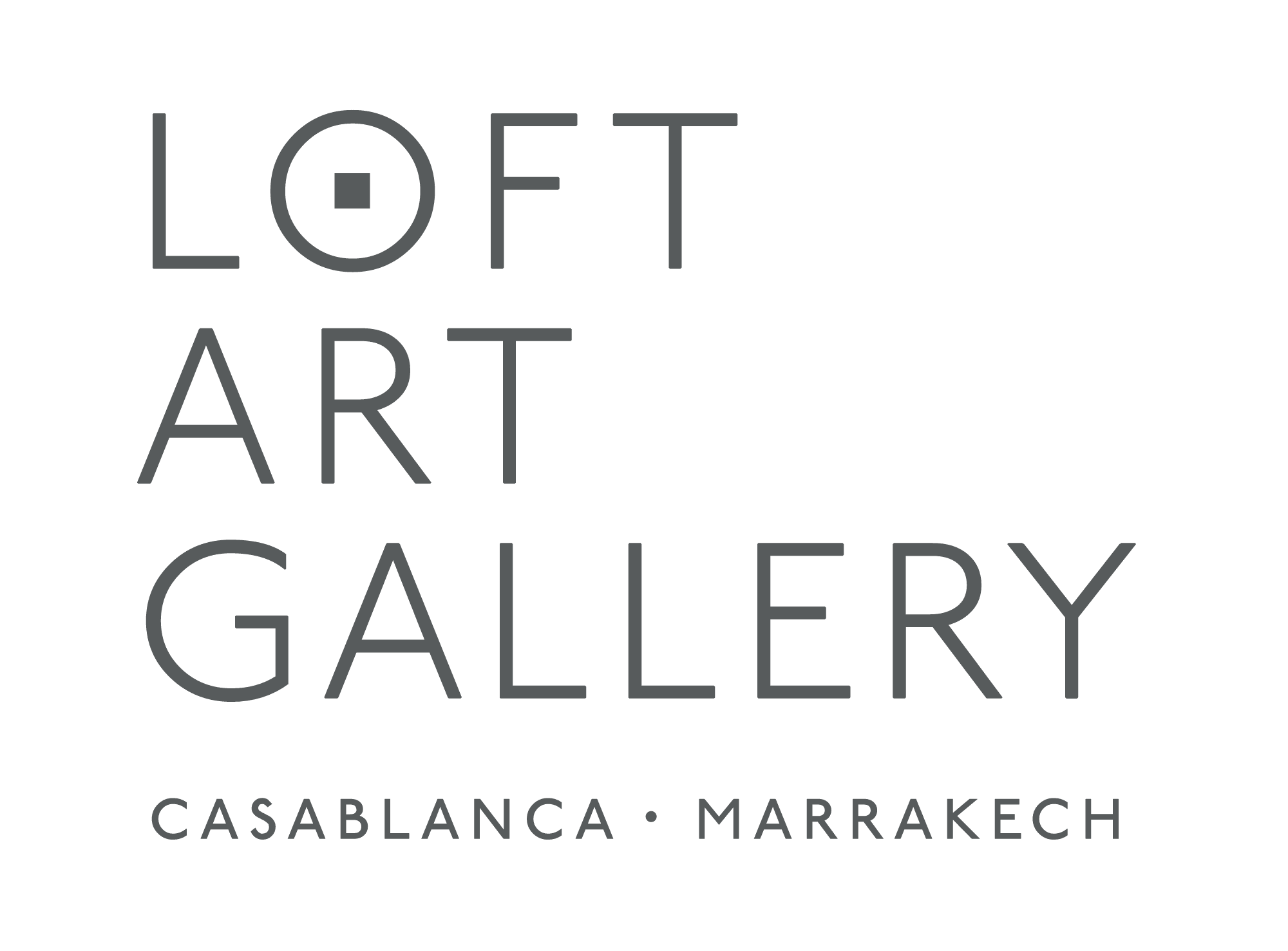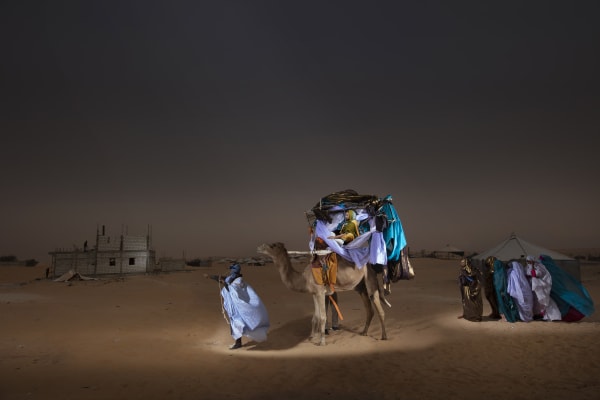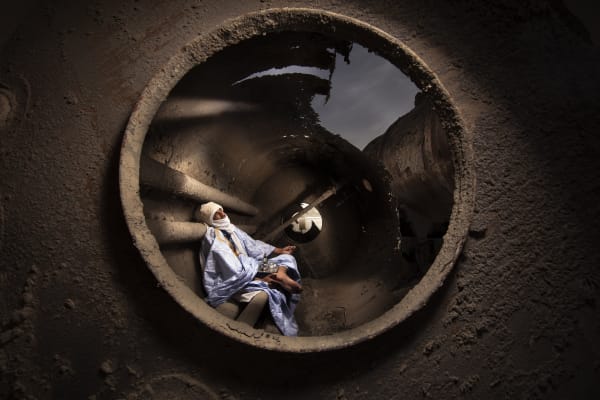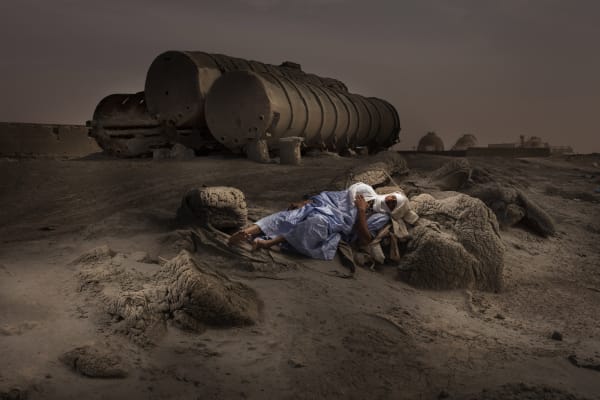In addition to the online exhibition Kitihawa's Chandelier by the photographer Nicolas Henry that we present on our website until July 31, 2020, we invite you to discover his career and his concerns through the reading of a short interview.
Kitihawa's Chandelier can be seen on our website until the end of July.
-
Loft Art Gallery : The different series that make up your work systematically take us to the four corners of the world. Where does this passion for elsewhere and this constant need to reach out to others come from?
Nicolas Henry : Following my studies in the fine arts, I was hired by the photographer Yann Arthus-Bertrand as a director for the 6 billion others project, for which I was then artistic director, for the exhibition at the Grand Palais. For years I travelled the world to film people and give them the Proust questionnaire. This way of life with its extreme intensity became a quest, and I began photographing elders, asking them to count their stories to me, and then I invited entire communities to express themselves, and to commit themselves through words.
-

Les cabanes de nos grands-parents, 2011
-
L.A.G. : Your photographs alternate between almost deserted places and large megalopolises such as New York or Tokyo. How do you decide where your ephemeral theatre will take place?
N.H. : I like contrast! We realize that despite the extremely different environments in which people live in, we are all driven by the same desires, needs and thoughts. We fight the fear of the other and we awaken vigilance in the face of the drifts of thought and fear. I love architecture, and landscapes, the lights of the megalopolises and that of natural twilights. The world is intense in all these dimensions and this is what I like about it.
-
L.A.G. : I mentioned the word theatre in my previous question. What importance do you attach to staging?
N.H. : I am constantly trying to bring reality into a symbolic and imaginary world. To do this, I go out to take pictures all over the world with more than 200 kilos of lighting equipment. I firmly believe in the construction of a luminous dramaturgy as a space that carries meaning and reveals the beauty of the world to us. For this, I will cross the luminous states of day with my theatrical lights. Then, I form a local team and I implement the construction of a set and a stage with them all. When everything is ready, I ask my characters to play in such a way that the action becomes more and more narrative and legible in the fresco that I've imagined and build.
-
L.A.G.: I've often heard you say that during the staging, the whole community joins the project and collaborates in the shooting. Can you explain the process?
N.H.: I use a form of itinerant theatre through which, I bring people to express themselves in front of their own community. It's this precise moment that I capture in images. When I explain the process, and show older photographs, people easily open their doors to me. I am convinced that human beings are fundamentally generous and open when they do not sink into mistrust and fear.Bringing out the word within a community creates debate, points of view, reflection ... The human being goes beyond the photographic object to become the subject and actor of his own commitment in society.
-
L.A.G. : Africa has a special place in your work. What does this continent mean to you and at when did you discover it? Why did you recently to work on a series in Senegal, in Casamance?
N.H. : As a child, I was almost the only white boy in my kindergarten class in Aulnay sous bois, then I moved to the countryside, and at school there was only one young man of African origin, my best friend.
My first trip to Africa was Ethiopia, a wonderful shock, then I went to the Arusha court in Rwanda to work on the genocide and on the Médecin du Monde's AIDS missions. Then I discovered the desert in Mali, and dozens of trips followed one after the other.
I like working in Africa because people are very much part of the soul of my work, the expression is natural and we understand each other instinctively.
Several friends had told me about Casamance, the beliefs of the Diolas, a nature inhabited by spirits, which corresponded to my current preoccupations and my desire to create images in a wild world.
Moreover, as I often travel with my children, it is an easy and safe place for them. -

-
online exhibition visible on our website until 31 july 2020.
Cabanes imaginaires autour du monde
Les aventures de Supershaktimaan








